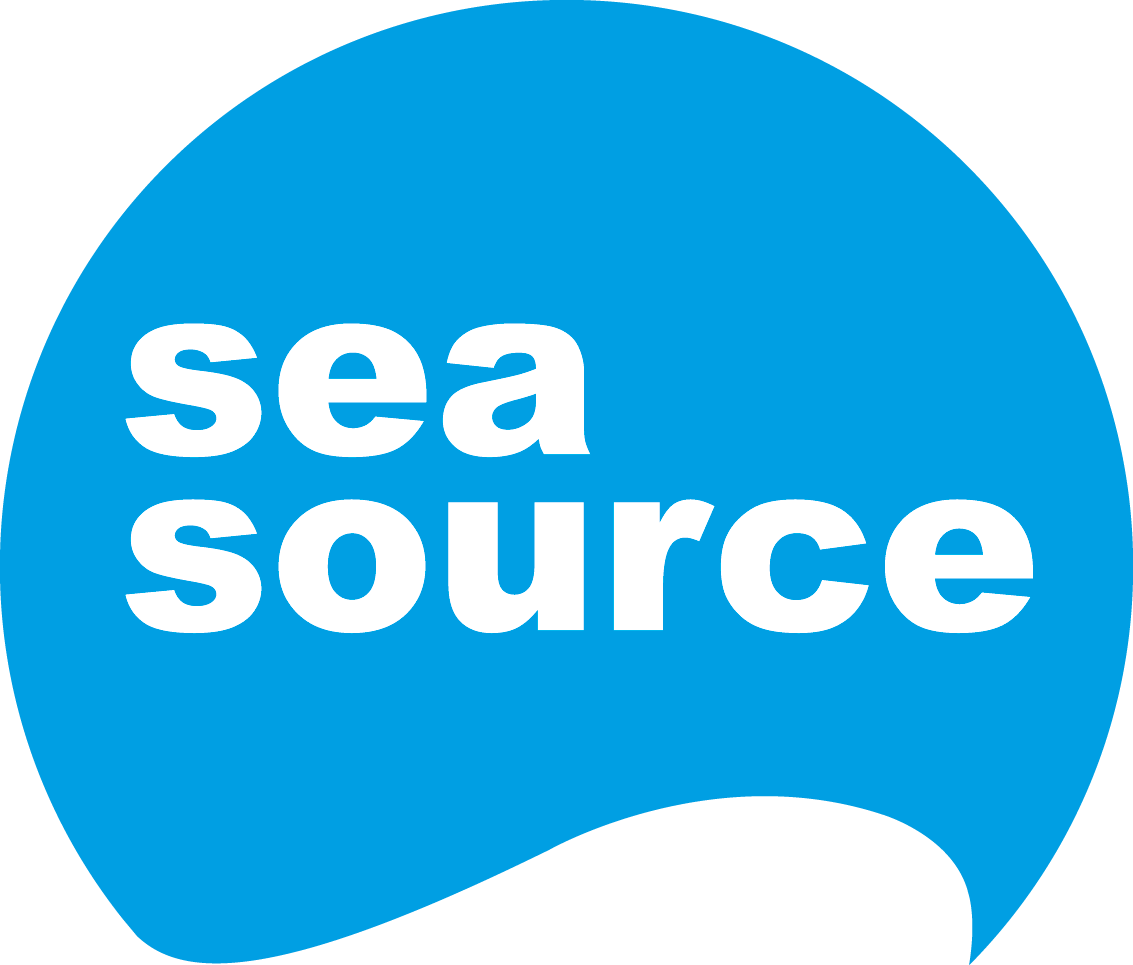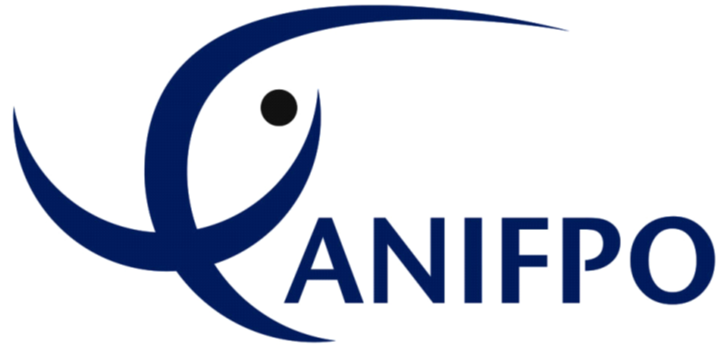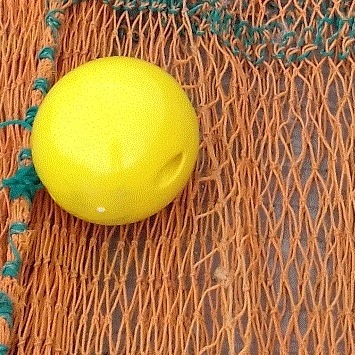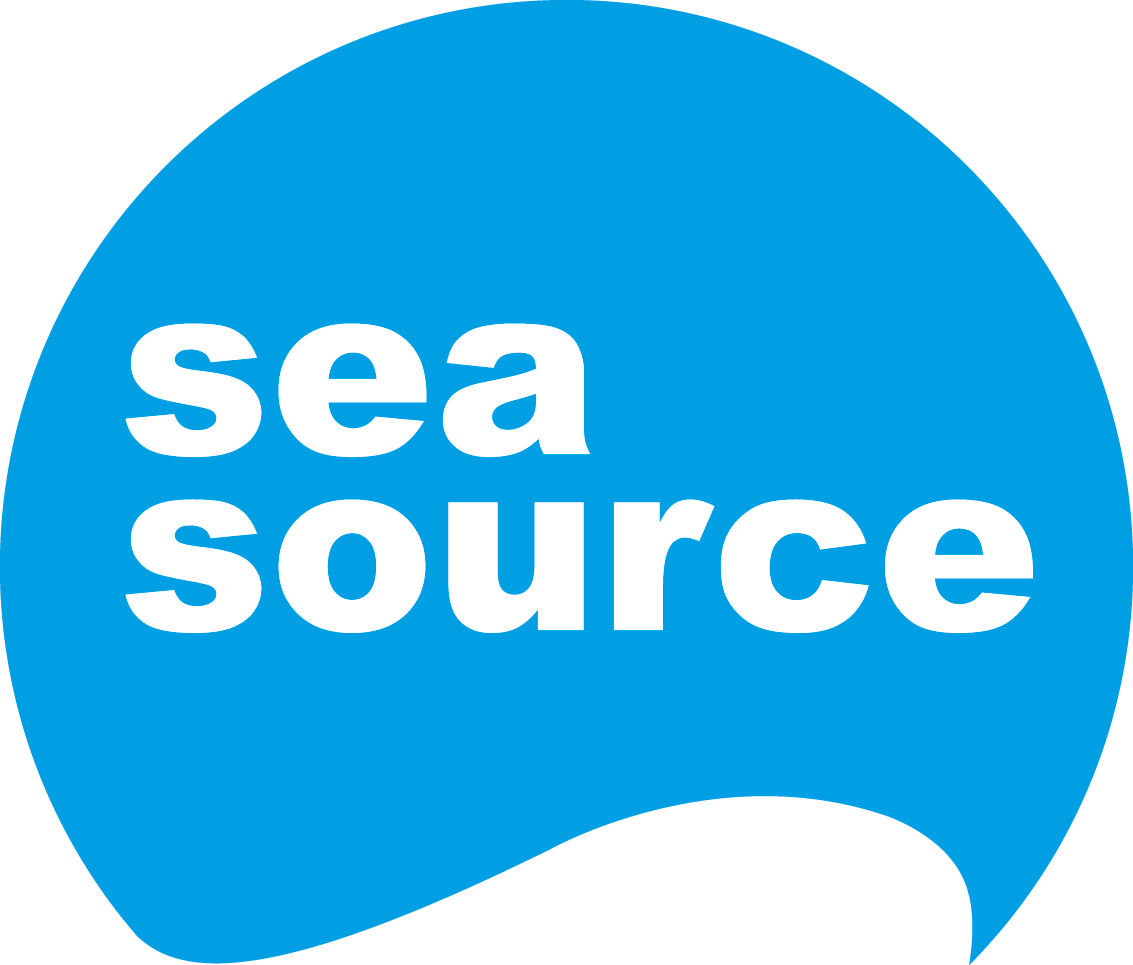Conservation & Sustainability
Various measures are currently in place to ensure our fisheries remain sustainable and to ensure there is a viable future for the next generation of fishermen. Some of the measures in place are the following:
1. Responsible Catching
The EU Common Fisheries policy puts in place limits and obligations each year to ensure fishermen catch responsibly and sustainably. Total Allowable Catches (TACs) and quotas are set by the European Commission each year based on data collected by scientists who work closely with the fishermen. There are also Minimum Landing Sizes in place to ensure all species landed are a healthy size and age.
Therefore, one of the most important roles of ANIFPO is to manage quotas on the behalf of their members, to ensure fishing is carried out in a sustainable manner.
2. Gear Design and selectivity
Irish Sea prawn trawlers use a trawl that is fitted with a ‘grass rope’. The grass rope is attached to the footrope and weighted with small leads. Originally made from natural fibre rope, the grass rope hangs down at intervals, called ‘bights’. The bights contact the muddy seabed and allow the more fragile net to skim close above it.
The image 1 shows the standard design of nephrops (prawn) trawl commonly used in the Irish Sea.
Image 1
The image 2 shows the ground contact in an Irish Sea nephrops (prawn) trawl.
As the bights of the rope approach, the vibrations cause nephrops to swim forward and upwards into the mouth of the trawl. In the Irish Sea, fishing vessels are unable to use heavier ground gear due to the soft, muddy environment in which nephrops are found. Heavier fishing gears can sink too far and stop the vessel.
The grass rope footrope design minimises seabed impact from this gear.
Image 2
Some nephrops trawls are fitted with a rubber foot-rope (image 3) to enable the gear to be towed over firmer mud and sandy seabed’s. Some of the Northern Irish fleet will have gear like this for when they fish in other fisheries such as the North Sea Fladen grounds and Farne Deeps. Smaller fishing vessels that fish for nephrops closer to the Northern Irish coastline may use rubber discs when they are fishing over rocky seabed.
Image 3
3. Ongoing work
In Northern Ireland the fishing industry has taken the lead in developing and testing innovative approaches to the catching process for the purposes of conservation. Since 2017 a collaborative, EMFF funded project, overseen by both of Northern Ireland’s Producer Organisations alongside their colleagues at DAERA, AFBI and SeaFish has aimed to design, trial and implement more selective fishing gears. The purpose of the project is to reduce the catching of unwanted quota species, to eliminate the catching of juveniles of all species, whilst retaining the target catch.
Fishermen, Skippers and those involved in the manufacture and repair of fishing gear have been provided with the support and encouragement to come forward with their own ideas on how fishing gear selectivity may be improved. This effort is to ensure that the Northern Ireland fishing industry is best placed to meet the requirements of the Landing Obligation, a key component of the new Common Fisheries Policy that has been fully implemented since January 2019. Post the UK leaving the EU LO objectives will remain relevant.
4. Selective Gear
Northern Ireland based fishing vessels that catch their target species by towing gear (as opposed to using static gear such as pots) follow strict rules on the design and set up. Vessels that catch mainly fish are categorised as TR1 vessels (Technical Regulations) and vessels that target mainly nephrops and to a lesser extent demersal fish species are categorised as TR2 vessels.
TR1 and TR2 targeted fisheries adhere to one of the following sets of selective gear specifications;
https://www.daera-ni.gov.uk/publications/irish-sea-nephrops-trawls
https://www.daera-ni.gov.uk/publications/irish-sea-towed-demersal-other-nephrops-and-beam-trawls
5. Registration
All our member vessels are registered with local councils and authority bodies, meaning they undergo inspections and are kept up to date with changes in laws and regulations.




